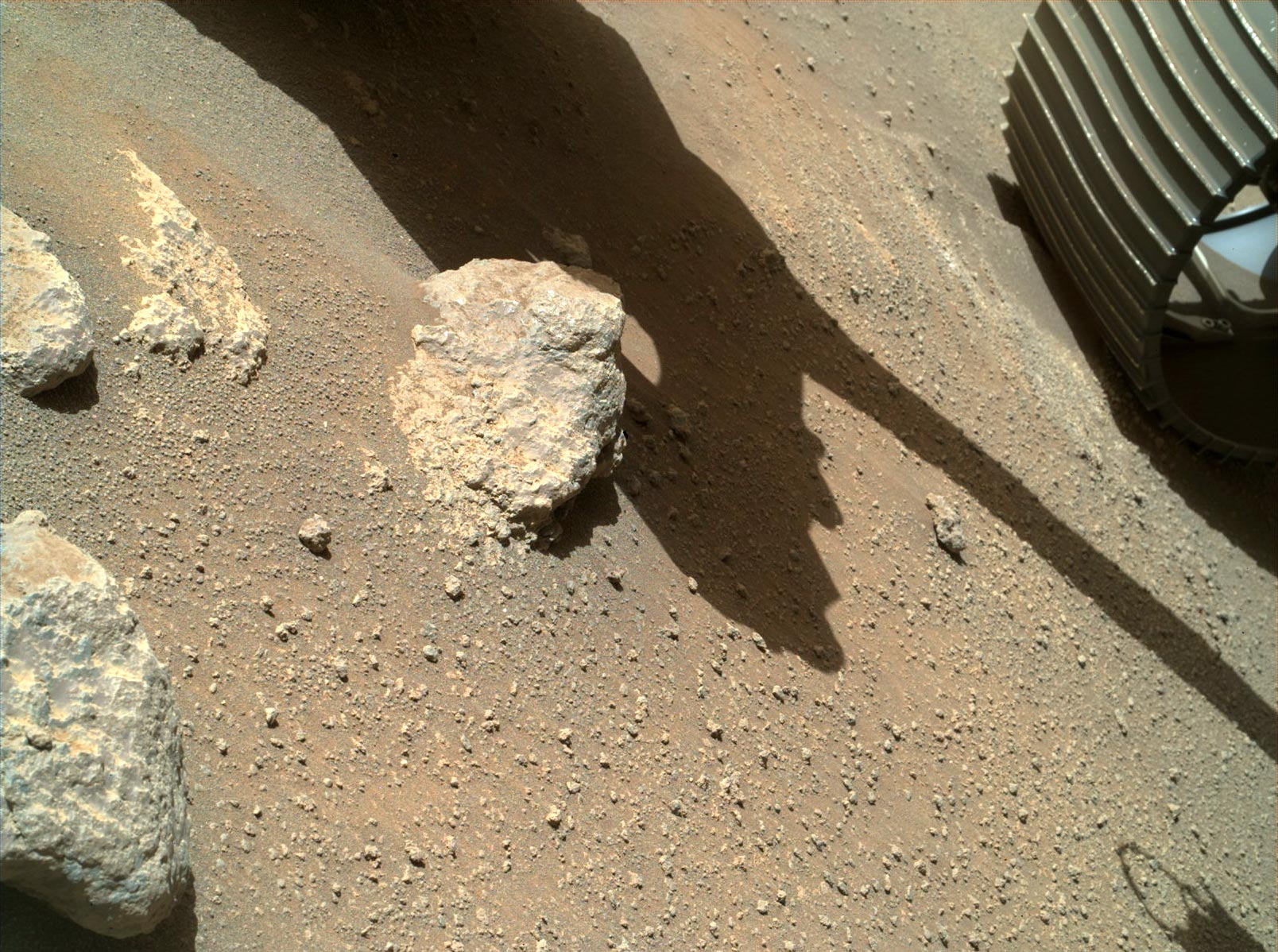Published January 24, 2023
7 min read
In a scientific first, researchers have tagged wild smalleye stingraysthe world’s largest and rarest marine stingray, in Mozambique. These monstrous Pacific Ocean fish, which can reach up to 10 feet long, are so rarely seen, they’re likely a critically endangered species.
After weeks of surveying the coast off the Bazaruto Archipelago, National Geographic Explorer and ray expert Andrea Marshall finally spotted a smalleye in shallow water. She dove in, and, with a six-foot-long pole, lightly touched the animal, taking a small skin sample from its underside. The fish remained calm, which was a good sign: Smalleyes have a stinging spine the length of a human forearm. Any wrong move “would put us in mortal danger,” she says.
Following that first successful experiment, Marshall and colleagues spent months locating more smalleyes, which favor a particular stretch of the Mozambican coast. The scientists dove at dawn, the most likely time to see a smalleye, and focused on reefs that already had documented sightings of the fish.(Read how some stingrays can make sound.)
In all, the team managed to attach tags—including acoustic and satellite—to 11 individual smalleyes, which are named for their tiny, raisin-size eyes.
Marshall did experience some close calls—for instance, she discovered the enormous ray can raise its stinger over its back and swing it around, like a scorpion. But the fish can’t be blamed for defending itself. When you can’t see well, “if anything pokes you, you poke it back,” she says.
So far, preliminary data reveals an extremely impressive animal, one that can dive over 650 feet deep and swim hundreds of miles in a day, says Marshall, who studies smalleyes as founder of the Mozambique-based Marine Megafauna Foundation.
A day in the life of a smalleye
All 11 rays were fitted with acoustic tags, and four also got satellite tags, allowing the scientists to track their long-distance travel and fine-scale movements.
While the tagging program is in its relative infancy—gathering and analyzing the data could take years—it promises a tantalizing glimpse into the lives of a mysterious species, says Marshall.
For instance, the findings bolster previous research, based on photography, that suggests smalleyes make long-distance journeys—the longest known straight-line migration of any whiptail stingray, a family of at least 60 species.The researchers hope the tagging data will reveal why the smalleyes are investing so much energy to travel so far.
While smalleye stingrays can swim in shallow waters, they regularly dive below 650 feet, an impressive depth. One individual in the study spent two thirds of its time below a hundred feet. This could explain their “ridiculously small eyes” and poor eyesight, says Marshall, since vision isn’t as crucial in the dark depths. (See the enormous stingray that set the record for world’s largest freshwater fish.)
The tags also reveal smalleyes ply the reefs at night, particularly between midnight and 6 a.m., when cleaner fish aren’t typically active. This could mean smalleyes feed at dawn and dusk and sleep close to the reef at night, like several other ray species.
Joni Pini-Fitzsimmonsa biologist at Australia’s Macquarie University, says she’s impressed the team tagged 11 animals. “Because we know so little about the species, everything’s going to be exciting.”
“There’s so much that you can get from that data to figure out what those movements mean in terms of their biology and their ecology,” says Pini-Fitzsimmons, who wasn’t involved in the tagging research. “What kind of areas are they using? How many individuals are making those movements, and when?”
For instance, no one had ever seen a smalleye resting, so it was assumed they never stopped swimming. But Marshall observed one ray deftly burying itself in the sand after being tagged. It could be that smalleyes eat a large meal and then need to sit and digest, Marshall says.
Pini-Fitzsimmons adds she’d be surprised if smalleyes rest often, but Marshall’s observation, combined with photo evidence showing sand stuck to their bodies, could suggest they bury themselves.
Racing against the clock
Many questions remain. Why are smalleyes so big? What are they doing on the reef at night? Are they giving birth in the area?
The International Union for Conservation of Nature lists smalleye stingrays as data deficient,and Marshall believes they are likely critically endangered.(See our beautiful photos of ocean wildlife.)
Her goal is to gather enough information that the IUCN can properly assess the species, which would lead to better protections. When a species has such small numbers to start with, it’s hit even harder by threats such as water pollution, overfishingand the impacts of climate change.
“We’re racing against the clock,” she says, “to learn more and get more attention for this incredible species that most people aren’t even aware of.”
Note: This article have been indexed to our site. We do not claim legitimacy, ownership or copyright of any of the content above. To see the article at original source Click Here










